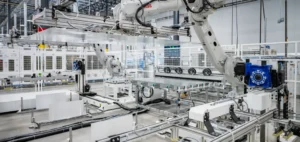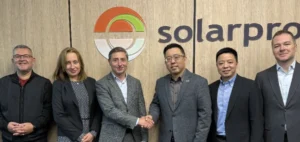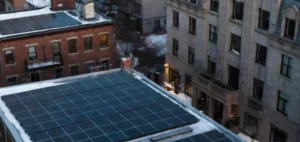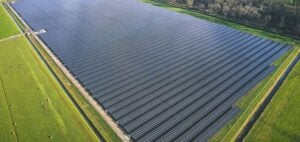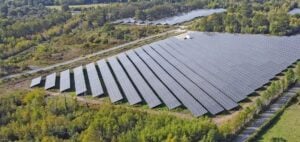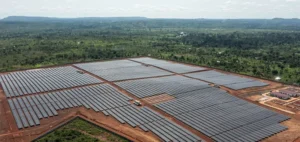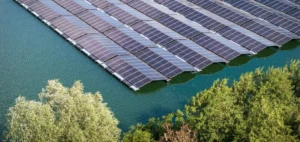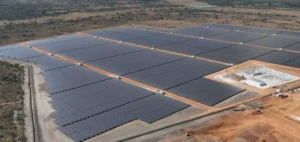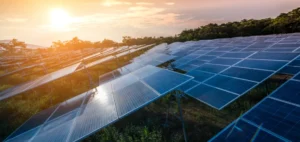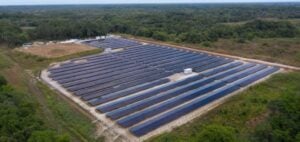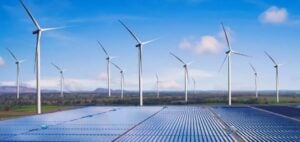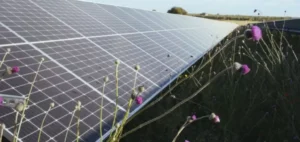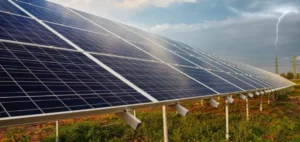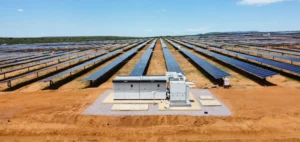Stellantis and Orano are ending their partnership announced in October 2023.
This joint venture was to focus on recycling end-of-life electric vehicle batteries as well as waste generated by gigafactories.
The project aimed to recover the precious metals contained in used batteries for reintegration into the production of new batteries, an initiative that would have complemented the circularity strategy in the automotive industry.
This initiative was to enable the creation of a plant as early as 2026, capable of processing lithium-ion batteries and extracting critical materials such as lithium, nickel and cobalt.
However, Stellantis and Orano announced that they would not be finalizing the joint venture, without providing further details on the reasons for this abandonment.
In a statement, the two companies expressed their mutual appreciation for the collaboration, while leaving the door open to possible future business opportunities.
The sector under economic pressure
The withdrawal of this project comes against a backdrop of declining sales of electric vehicles in Europe.
According to the European Automobile Manufacturers Association (ACEA), sales of electric cars fell by 43.9% in August 2024, dropping below the 100,000-unit mark.
This drop is linked in particular to the reduction in public purchase subsidies in several countries, making it more difficult for consumers to switch to electric vehicles.
This drop in demand may partly explain the decision by Stellantis and Orano to halt their initiative.
Falling sales volumes of electric vehicles have a direct impact on the economic viability of recycling projects, particularly in a sector where battery production requires large volumes to be profitable.
Recycling projects under pressure
Battery recycling represents a strategic challenge for automakers like Stellantis, in a context of decarbonization of transport.
Indeed, the recovery of strategic metals from used batteries is essential to ensure sustainable production while reducing dependence on imported raw materials.
However, these projects require heavy investment and constant access to large volumes of used batteries.
The cancellation of this project could therefore be linked to a reassessment of costs, particularly in an uncertain economic environment.
The partnership with Orano was also intended to produce “black mass”, a metal-rich material which would then be refined for reuse in new batteries.
This technology makes it possible to complete the production chain, reducing the need to extract new materials.
The absence of details on the precise reasons for abandoning the project leaves room for speculation, but it is possible that the current economic environment played a central role in this decision.
A fast-changing battery market
The battery market in Europe is currently undergoing major transformations, influenced by both regulatory constraints and technological developments.
Manufacturers have to cope with strict environmental requirements, while at the same time responding to growing demand for more efficient, environmentally-friendly vehicles.
Recycling is becoming a strategic necessity to keep costs down and secure supplies of critical materials.
However, the abandonment of this joint venture project highlights the challenges faced by industry players in setting up profitable recycling infrastructures on a large scale.
The electric vehicle sector remains highly dependent on fluctuations in demand and the economic incentives put in place by governments.
While the decarbonization of the transport sector is a stated objective of the European Union, the financial resources required to support this transition raise questions, particularly for large-scale industrial projects such as the one involving Stellantis and Orano.



